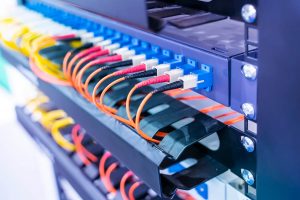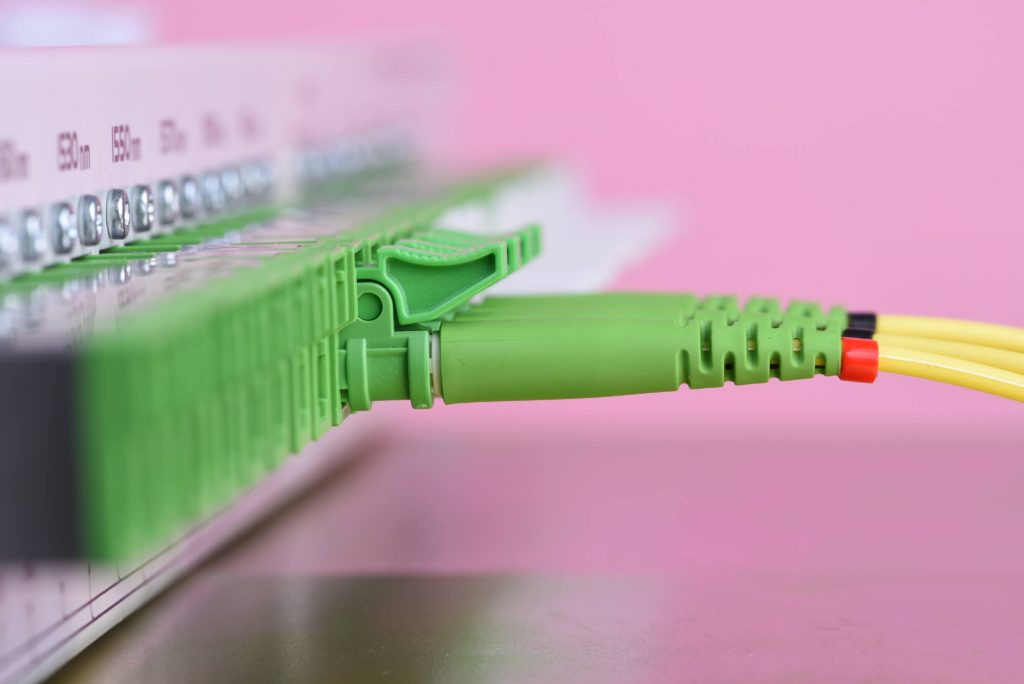
Fiber Optic Networks: Safe and Resilient Solutions
Réseaux de fibre optique : sécurisation et résilience Le réseau fibre optique se doit aujourd’hui d’être sécurisé et de mettre l’accent sur la résilience. La résistance et la sécurisation optimales
It’s no secret: data centers have a significant environmental impact due to their energy consumption. But what about local data centers? Are they more environmentally friendly? A closer look at the ecological challenges of edge data centers.

Local data centers differ from mega data centers in terms of size. They are indeed smaller, but they are also located closer to users. This proximity encourages edge data centers to limit their environmental impact, as the communities in which they are situated aim to provide a level of service appropriate to their resources.
In recent years, the energy consumption of data centers (both small and large) has not changed. The carbon footprint of digital technology has remained stable, despite the increase in the number of users and the amount of data to be processed. Over 10 years, from 2010 to 2020, the volume of data exchanged increased twelvefold, while the number of users doubled. The fact that data centers’ energy consumption did not rise in parallel is largely thanks to technological advancements. These have been able to handle the new volume of data without affecting energy usage.

Would you like more information about our solutions and services?
Feel free to contact us online in just a few clicks.
The environmental challenge of the local data center is particularly significant, especially because it determines its integration and sustainability within the territory. To limit its environmental impact, it is essential to adhere as closely as possible to what is called "energy efficiency".
Several solutions have been considered in particular.
Improving the cooling systems of electronic equipment, as this process remains energy-intensive in terms of both water and electricity. Various techniques can be implemented, such as the "free cooling" method, which involves lowering the data center's temperature using purified outside air. The "cold aisle" method, on the other hand, involves aligning servers in the same direction to prevent mixing hot air—creating a hot airflow at the back of the machines—with cold air.
There is also a similar method, called the "hot aisle". The choice between the cold aisle and the hot aisle depends solely on preference, as neither method is better than the other.

Réseaux de fibre optique : sécurisation et résilience Le réseau fibre optique se doit aujourd’hui d’être sécurisé et de mettre l’accent sur la résilience. La résistance et la sécurisation optimales

Stockage des données d’entreprise : quelles solutions d’hébergement ? L’hébergement des données d’une entreprise est un enjeu majeur, car il s’agit de protéger des informations confidentielles liées à la société

Pourquoi héberger ses données en France ? Afin de respecter le Règlement général sur la protection des données (RGPD), en vigueur depuis 2018, les entreprises sont tenues de protéger correctement